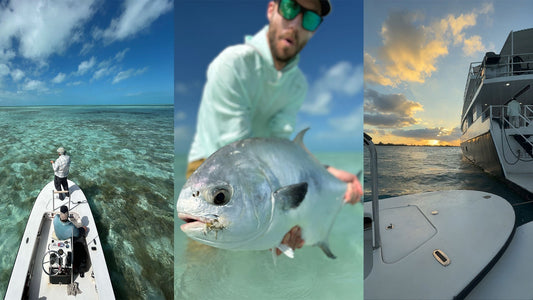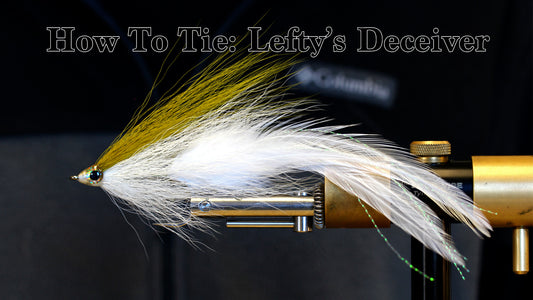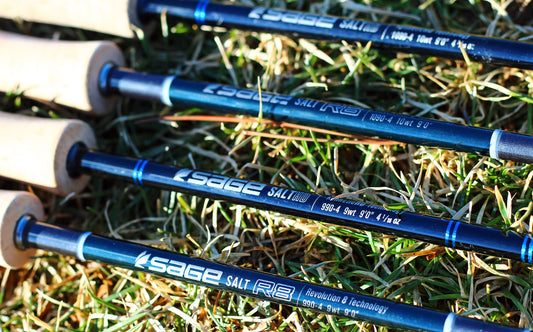All Points Fly Shop + Outfitter Blog

Trip Report: Turneffe Flats, Belize (April 12-1...
I recently returned from another hosted trip to one of the Caribbean’s most unique and diverse fisheries: Turneffe Flats on Turneffe Atoll, Belize. Whether or not it’s true that Peter...
Trip Report: Turneffe Flats, Belize (April 12-1...
I recently returned from another hosted trip to one of the Caribbean’s most unique and diverse fisheries: Turneffe Flats on Turneffe Atoll, Belize. Whether or not it’s true that Peter...

Trip Report: Cuba (January 25-February 1st, 2025)
Location: Canarreos Archipelago, Cuba The entire Miami airport was shutdown. We sat in our plane still at the apron, while about a quarter of the passengers were up at the...
Trip Report: Cuba (January 25-February 1st, 2025)
Location: Canarreos Archipelago, Cuba The entire Miami airport was shutdown. We sat in our plane still at the apron, while about a quarter of the passengers were up at the...

Ask the Guide: Best Flies for Cuba
Words + Photos by: Josh Thelin On a recent trip to Cuba, after a week of fishing, I asked my guide Frankie what his favorite flies were for the areas...
Ask the Guide: Best Flies for Cuba
Words + Photos by: Josh Thelin On a recent trip to Cuba, after a week of fishing, I asked my guide Frankie what his favorite flies were for the areas...

Trip Report: Cuba (January 6-13th, 2024)
Words + Photos: Josh Thelin I didn't know what to expect. It was not only my first time in Cuba, but I had heard so much about the flats fishing and...
Trip Report: Cuba (January 6-13th, 2024)
Words + Photos: Josh Thelin I didn't know what to expect. It was not only my first time in Cuba, but I had heard so much about the flats fishing and...

Video: Fly Tying - Lefty's Deceiver
A saltwater classic. The Lefty's Deceiver, named after legendary fly fisher Lefty Kreh, has likely caught more big game fish such as striped bass, tarpon, and snook more than any...
Video: Fly Tying - Lefty's Deceiver
A saltwater classic. The Lefty's Deceiver, named after legendary fly fisher Lefty Kreh, has likely caught more big game fish such as striped bass, tarpon, and snook more than any...

Fly Rod Shootout: Sage Salt R8 vs. Sage Salt HD
Words + Photos By: Josh Thelin Saltwater fly rods have a unique place in fly fishing. They are dealt a wide variety of environments to accommodate, have to manage larger...
Fly Rod Shootout: Sage Salt R8 vs. Sage Salt HD
Words + Photos By: Josh Thelin Saltwater fly rods have a unique place in fly fishing. They are dealt a wide variety of environments to accommodate, have to manage larger...